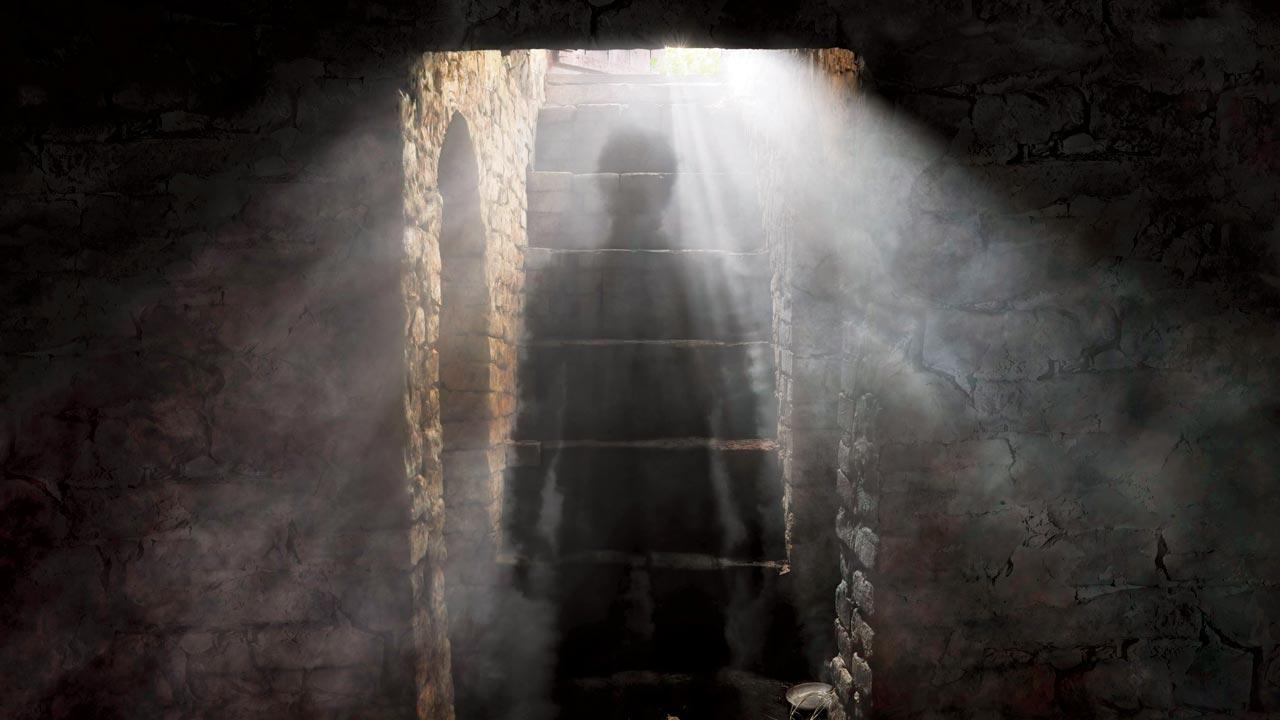Partition: Killer and the shadow
Updated On: 19 August, 2024 06:55 AM IST | Mumbai | Ajaz Ashraf
A thoughtless murder carried out during the bloodiest chapter in the subcontinent’s history refused to stay in the past, compelling the perpetrator to live with the memory of his deed

According to anthropologist Meenakshie Verma, some perpetrators of violence repent and seek forgiveness relentlessly from the unseen world. Representation pic
 I glimpsed the other side of India’s Independence, in startling images, through a book I read last week—Meenakshie Verma’s Aftermath: An Oral History of Violence. Published in 2004, the most intriguing story in Aftermath, an ethnographic study of perpetrators and victims of violence, is that of a man who began to see a shadow years after he killed a person during the bloody months of the Partition. The shadow would appear to him whenever he was alone. He failed to banish the shadow from his life. What was this shadow all about?
I glimpsed the other side of India’s Independence, in startling images, through a book I read last week—Meenakshie Verma’s Aftermath: An Oral History of Violence. Published in 2004, the most intriguing story in Aftermath, an ethnographic study of perpetrators and victims of violence, is that of a man who began to see a shadow years after he killed a person during the bloody months of the Partition. The shadow would appear to him whenever he was alone. He failed to banish the shadow from his life. What was this shadow all about?
The clues to the puzzle of the shadow lie in the man’s past. His name: Heera Lal. He spent his childhood in Matta village, Taxila district, now in Pakistan, where he grew up in a large extended family. His memory of the life in Matta, recounted to Verma over several months, seemed bereft of communal animosity.




